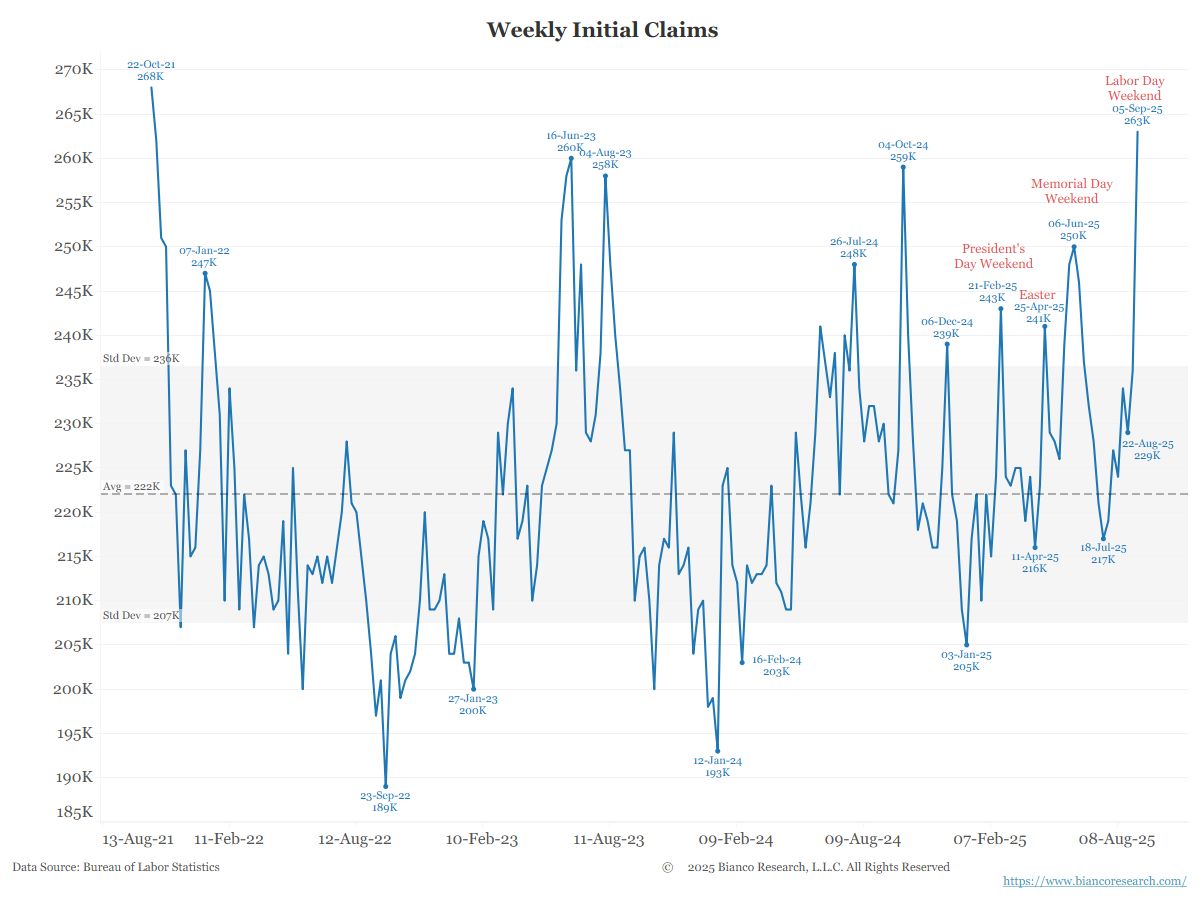I found this article by Alex J. Pollock and Paul H. Kupiec, “Profligacy in Lockstep,” at our sister site “Law and Liberty,” interesting. It’s about the financial position of many of the world’s central banks. A large part of the Pollock/Kupiek discussion is about marking assets to market. I sent the link to monetary economist Jeff Hummel for his comments.
Here’s what he wrote:
As I’ve pointed out several times before, including here (https://www.econlib.org/is-the-fed-likely-to-go-bankrupt/), marking the Fed’s balance sheet to market tells you little, because nowadays the Fed rarely sells assets before maturity. Even when tapering, the Fed usually just fails to replace maturing assets with new purchases. I don’t know to what extent this applies to other central banks.
Back when central banks purchased assets solely by creating money, as did the Fed before the financial crisis, any losses were far less likely, less severe, and temporary, even if they marked their balance sheets to market. Minor losses might result from bad loans to private banks or operating expenses that were unusually high. But only a government default could result in major losses. What has changed that situation is central banks now paying interest on reserves and borrowing in other ways (as with Fed reverse repos) to finance their purchases of interest-earning assets.
On the asset side, the Fed is in much better shape than the European Central Bank (ECB.) Although the Fed temporarily acquired fully private assets during the financial and Covid crises, it eventually unloaded most of them with few if any losses. It has not even made any significant discount loans to private banks for a long time. As a result, its interest-paying assets consist almost entirely of Treasuries and government-guaranteed mortgage-backed securities (MBS.) Thus only a Treasury default could really threaten the Fed’s solvency. The ECB, on the other hand, faced restrictions on buying sovereign debt when it was first created and held mainly private assets. Since the European debt crisis, it has been freer to acquire sovereign debt, but it still holds a lot of private assets. Moreover, not all European sovereign debt is equally sound. This makes the ECB’s solvency much more vulnerable to market factors.
Pollock and Kupiec are correct that the ECB is not very transparent and considerably less so than the Fed. My own efforts to find out what precise assets are on the ECB’s balance sheet has not been very successful.
The Pollock/Kupiek article states: “This idea would not help the Federal Reserve, because it owns no gold.” That’s technically correct because the Fed holds only gold certificates. But those are demand claims against the Treasury’s gold. So their statement is misleading.
I (DRH) checked the Federal Reserve’s holding of gold certificates, which, in the Fed’s balance sheet, it calls “Gold stock.” It is valued at $11.041 billion. But a footnote explains that the value is based on a gold price of $42.22 per fine troy ounce. In reality gold currently sells for about $1,778.00. So the real value of the good holdings by the Federal Reserve is not $11 billion but, rather, $465 billion.















